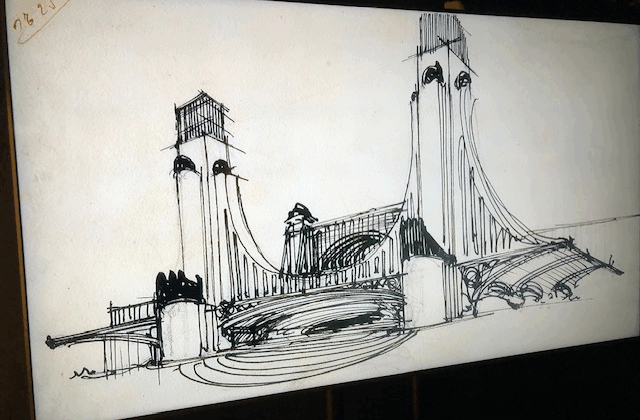A study of melanoma and skin phototypes in Malta
L Mercieca, S Aquilina, *N Calleja, M J Boffa; Department of Dermatology, Sir Paul Boffa Hospital, Malta & *Department of Public Health, Faculty of Medicine & Surgery, University of Malta
Skin phototype is one of the factors determining melanoma development, with the fairer skin types I and II being associated with a higher risk. The majority of the Maltese population is of skin types II to IV, type III being the commonest. This study aimed to identify any associations between melanoma patients with different skin phototypes and the histological subtype, Breslow thickness and site. Patients diagnosed with melanoma between January 2012 and June 2014 were included. Data was gathered from the Malta National Cancer Registry. There were a total of 167 registered cutaneous melanoma cases; 135 were included in the study. There were 22 patients (16.3%) with skin type I, 82 (60.7%) with skin type II, 29 (21.5%) with skin type III and 2 (1.5%) with skin type IV. There was an association between melanoma and skin phototype (p=<0.001), with cutaneous melanoma being commoner in the fairer skin types I and II, as expected. There was also an association between skin phototype and histological type of melanoma (p = 0.005), with in situ melanoma being the commonest subtype in patients with skin types III. This study confirms that skin phototypes III and IV have a decreased risk of melanoma as compared with types I and II. It goes further by illustrating that, at least in the Maltese population, melanomas in patients with skin type I and II are more likely to be invasive when compared to skin types III and IV (p=0.00027). Melanomas in patients with skin type III tend to be excised at the in situ stage. Further studies are needed to clarify why this occurs and possibly investigate any innate protective mechanisms.
Click here to download the programme and register to attend Dermfest 2017



